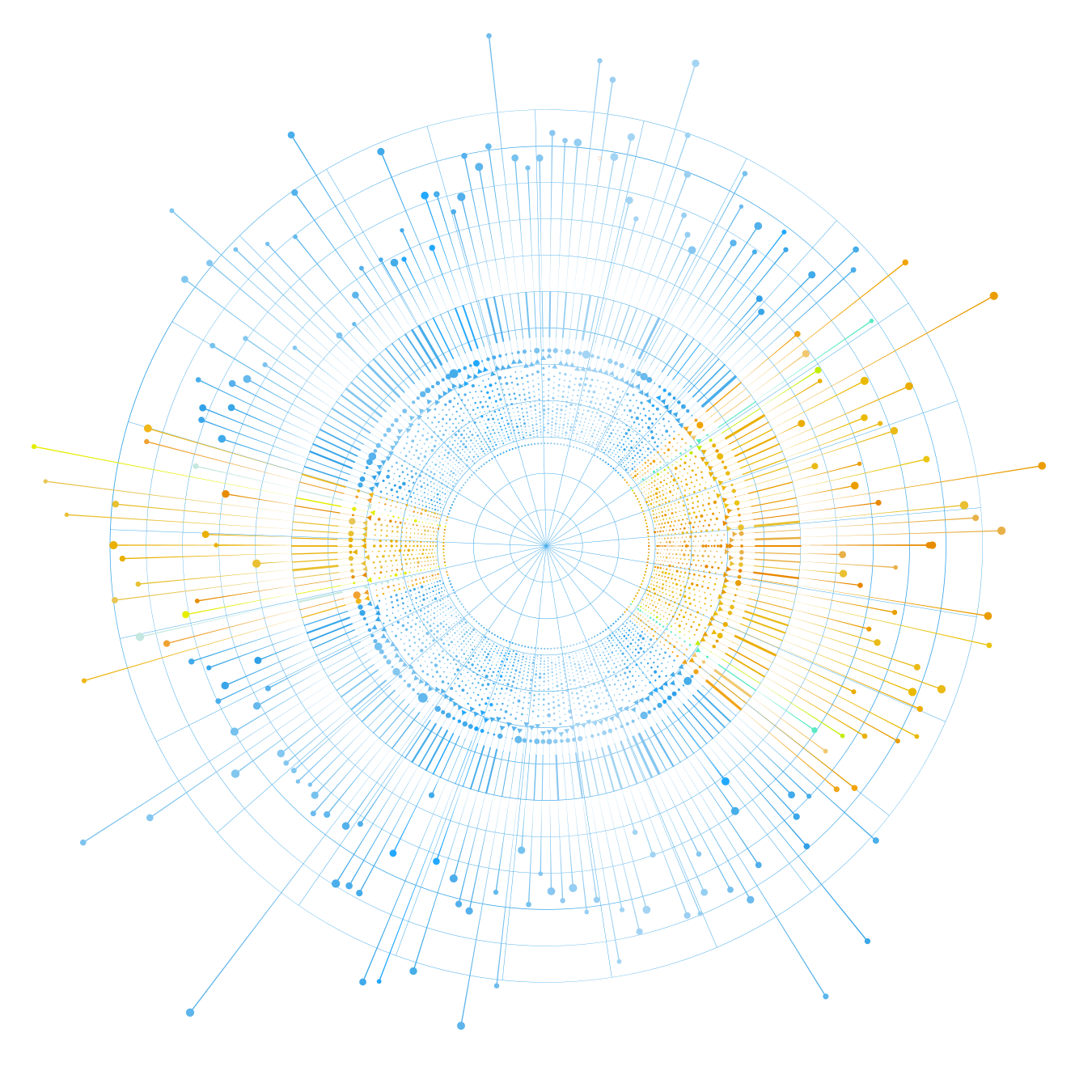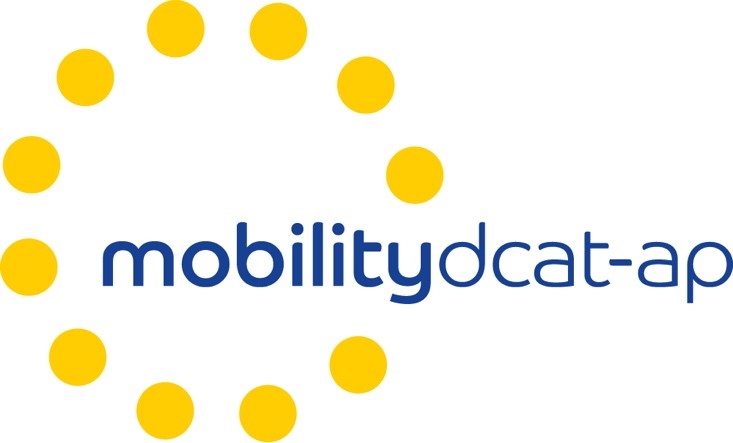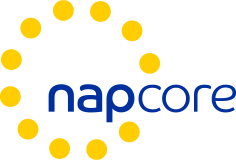
News & Events
Release of the mobilitydcat-ap
Announcement by NAPCORE SWG4.4
Cologne, October 17th, 2023
NAPCORE is proudly presenting the first release of mobilityDCAT-AP, a metadata specification for National Access Points and other mobility data portals.
Background and goal:
Metadata is a crucial building block for the accessibility and reusability of datasets, as offered on NAPs and other mobility data portals.
So far, there has been no established common metadata approach specific to mobility data portals. mobilityDCAT-AP aims to fill this gap. It provides a structured, interoperable and harmonised approach to describing and exchanging metadata about datasets and about access for such datasets related to mobility, and in particular related to Intelligent Transport Systems (ITS).
Its primary goal is to enhance the cross-border and cross-sectorial discoverability of ITS- and mobility-related datasets published on relevant data portals.
mobilityDCAT-AP provides precise and unambiguous metadata designations for any data offering with mobility relevance, e.g., for representing the data topic, the data provider or the data format.
It is highly recommended that the metadata management of National Access Points (NAPs) in Europe, or any other mobility data portals, is based on mobilityDCAT-AP in order to harmonise their data descriptions and ease the exchange of metadata in the mobility data ecosystem.
Furthermore, this will ensure the basis for extended interoperability, among others, between individual NAPs and other data portals.
mobilityDCAT is a product of a dedicated Metadata Working Group within the EU-funded project NAPCORE: https://napcore.eu/metadata/
Approach:
mobilityDCAT-AP is built as a mobility-related extension of DCAT-AP, a well-known metadata scheme for data portals in Europe. mobilityDCAT-AP is adapting and refining this scheme to provide a DCAT-AP-conformant representation of metadata specific to mobility data.
Analogue to DCAT-AP, mobilityDCAT-AP enables harmonised, platform-independent metadata descriptions both in human-readable and machine-readable formats. At the same time, it is leveraging semantic technologies via the Resource Description Framework (RDF).
As this is a pioneer work in the domain of mobility data, mobilityDCAT-AP was preceded by an extensive preparation phase, including a detailed requirement analysis and a conceptual data model, involving experts and mobility-data stakeholders. This preparation phase is explained here: https://napcore.eu/providing-a-baseline-for-a-new-metadata-scheme-for-european-naps/
Furthermore, the mobilityDCAT-AP editors have established a close relationship with the editors of DCAT-AP, to ensure interoperability between these two metadata specifications.
Access:
The latest version of the mobilityDCAT-AP (v1.0.0) is available here:
https://w3id.org/mobilitydcat-ap/releases/
This website contains an online documentation of the mobilityDCAT-AP specification, including a human-readable vocabulary description; a set of usage notes; a set of machine-readable serialisation formats to allow IT systems process the vocabulary; and schemas for automated conformance validation. In addition, user support is provided via a dedicated GitHub repository where users can interact with the editors, for example by raising questions and issues.
Outlook:
Following its release in October 2023, this specification is promoted for wide-spread use in mobility data portals. An Accompanying Guideline is planned as a practical orientation for future users of mobilityDCAT-AP.
Some NAPs are interested in implementing mobilityDCAT-AP in their systems as early adopters. The NAPCORE Metadata Group supports such adopters through direct support and feedback. In addition, the development of a cross-border metadata directory using mobilityDCAT-AP will be demonstrated as a proof-of-concept. Lastly, a formal maintenance and governance organisation will take care of the future progress of mobilityDCAT-AP








